Are your staff finding it difficult to concentrate or even taking days off because they’re suffering from headaches, allergies or eye irritations? It might be time for a NASA intervention! By this, we mean adding some of the best NASA-approved air-filtering plants to your office space to combat allergy-inducing toxins in the air.
In 1989, the National Aeronautics and Space Administration (NASA) in association with the Associated Landscape Contractors of America (ALCA) investigated the best ways to clean the air at space stations.
The NASA study revealed that a number of household plants are efficient at removing organic chemicals that are linked to health problems like headaches and allergies. As well as absorbing carbon dioxide and releasing oxygen – which is what all plants do – these indoor plants also eliminated significant amounts of benzene, formaldehyde and trichloroethylene from indoor air. Indoor plants are a natural and economical system that may be used to help neutralise the effects of ‘sick building syndrome’, which will boost the bottom line of your business with reduced staff sick days.
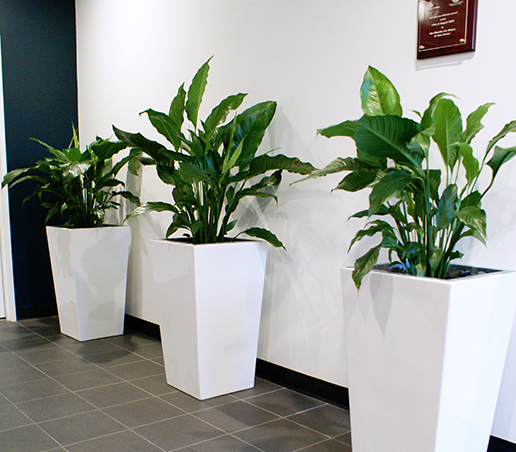
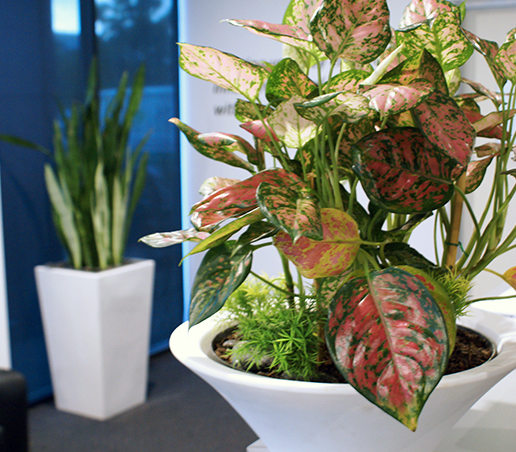
But first, what nasties are in our air?
We spend most of our time indoors, which means we’re exposed to a number of harmful chemicals. In particular, the NASA study investigated the ability of certain plants to remove the chemicals – Trichloroethylene, Formaldehyde and Benzene from indoor air. Before you start thinking, ‘our office air doesn’t have any of those chemicals in it’, think again.
Trichloroethylene is commonly used in printing inks, paints, lacquers, varnishes and adhesives. Formaldehyde is found in paper products, grocery bags, waxed papers, facial tissues and paper towels. Finally, Benzene is used to make plastics, resins, synthetic fibres, rubber lubricants, dyes, detergents, drugs, and pesticides, It can also be found in tobacco smoke, glue, paint, and furniture wax.
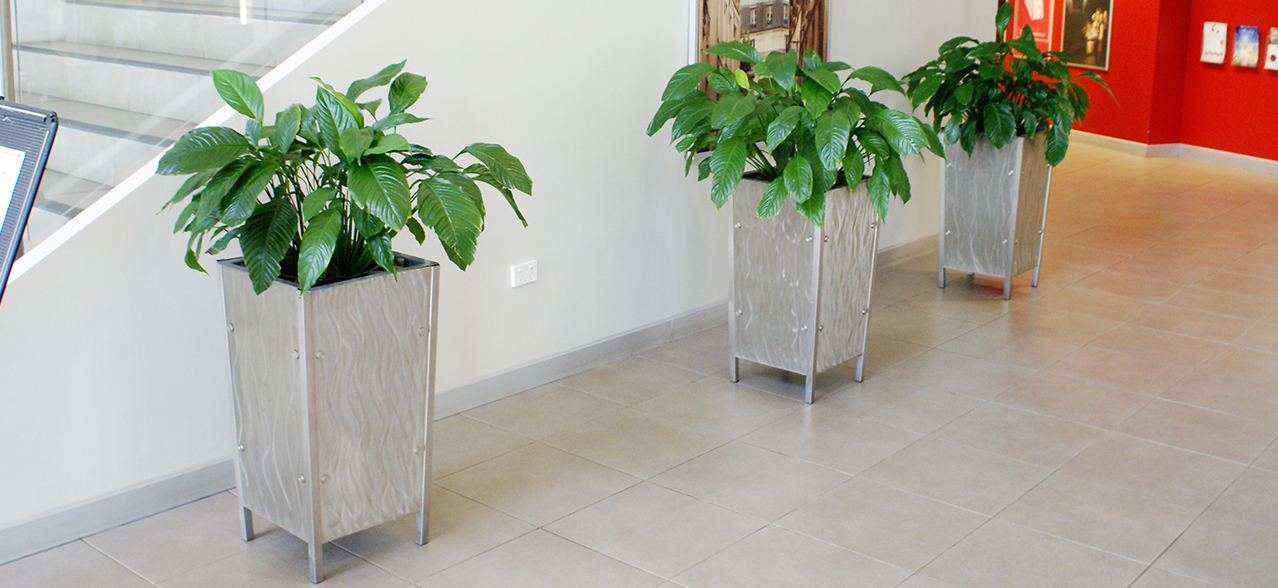
How do these chemicals affect us?
Several factors determine the effect of these toxic agents on your health including the way you are exposed, the amount of exposure, and the duration of the exposure. Short-term exposure to Trichloroethylene can cause symptoms such as excitement, headaches, dizziness, vomiting and nausea. Drowsiness and a coma can also follow. Common symptoms of short-term exposure to Formaldehyde include irritation of the throat, mouth and nose and in extreme cases, swelling of the larynx and lungs. Short-term exposure to Benzene can result in symptoms such as irritation to the eyes, drowsiness, dizziness, an increased heart rate, headaches, confusion and even unconsciousness.
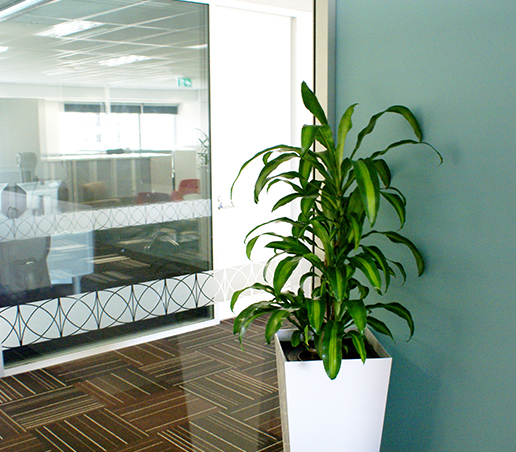
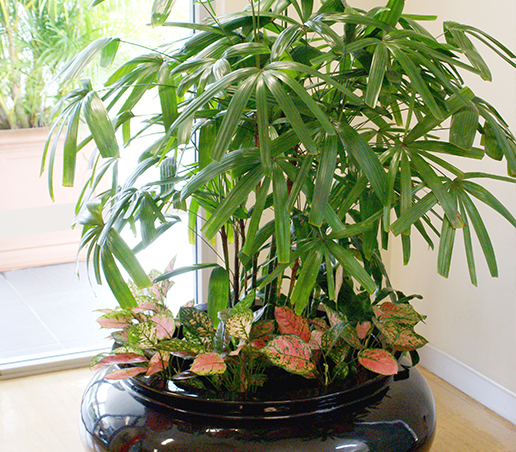
Which indoor plants are the best to remove toxins from the air?
Check out the NASA-approved list of air-filtering indoor plants below. Having at least one plant per 10 square metres of office space is recommended.
-
Xanadu (Philodendron Xanadu)
The Philodendron Xanadu with large, deep green leaves is efficient at removing indoor air pollution. Known for being compact and tidy, this plant is perfect for desks or tables. Requires indirect light.
-
Peace Lily or Madonna Lily (Spathiphyllum)
The Peace Lily is an office favourite, appreciated for its glossy green leaves that also produces attractive white cup-like, long-stemmed flowers. This plant thrives in moist conditions with indirect light.
-
Janet Craig (Dracaena Deremensis)
With long dark-green leaves, the Janet Craig is rated 5th on NASA’s official list of purifying plants. It excels in low light conditions. Positioning this plant in a location that receives bright but indirect light is best.
-
Boston Fern (Nephrolepsis Exaltata)
The Boston Fern with its stiff fronds is the best for removing air pollutants – particularly formaldehyde. This plant requires frequent watering and misting and is best positioned in bright, indirect light.
-
Alii Fig (Ficus maclellandii)
The Alii Fig is an attractive, ornamental plant with thin dark green leaves atop a thin stem. The plant flourishes in bright indirect light. It will still function in medium light but will have a slower growth rate.
-
Lady Palm (Rhapis Excelsa)
Ranked equal first in the NASA study of air-purifying plants, the lady palm is a small fan palm that is a powerful air purifier for offices. It grows from multiple stems, each topped with upright leaves that are split into fan-like segments. This plant thrives in bright, indirect sunlight.
-
Bamboo palm (Chamaedorea seifrizii)
The Bamboo palm, with its long slender stems, has a high transpiration rating, making it an excellent air-purifier. It adds humidity, especially during winter months when office heating systems cause the air to become dry.
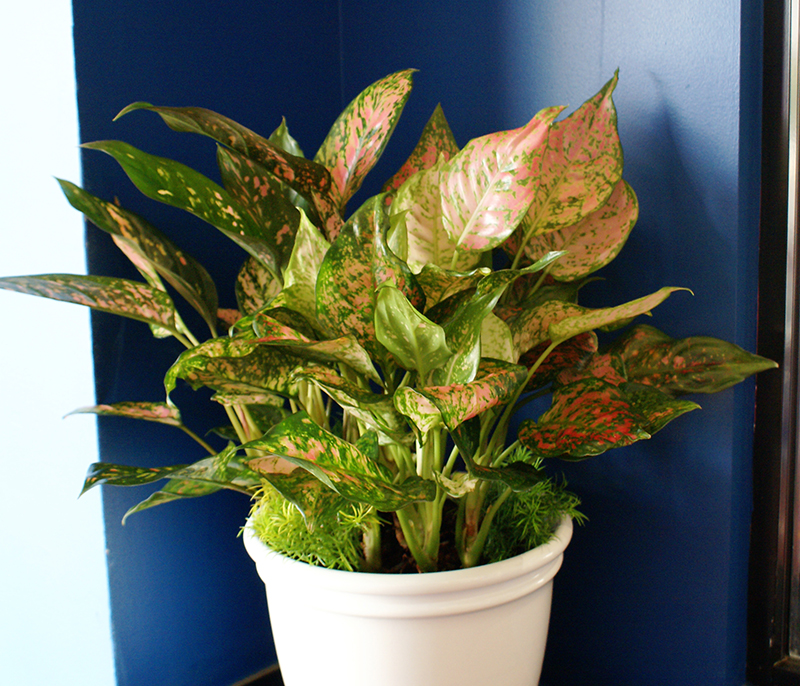
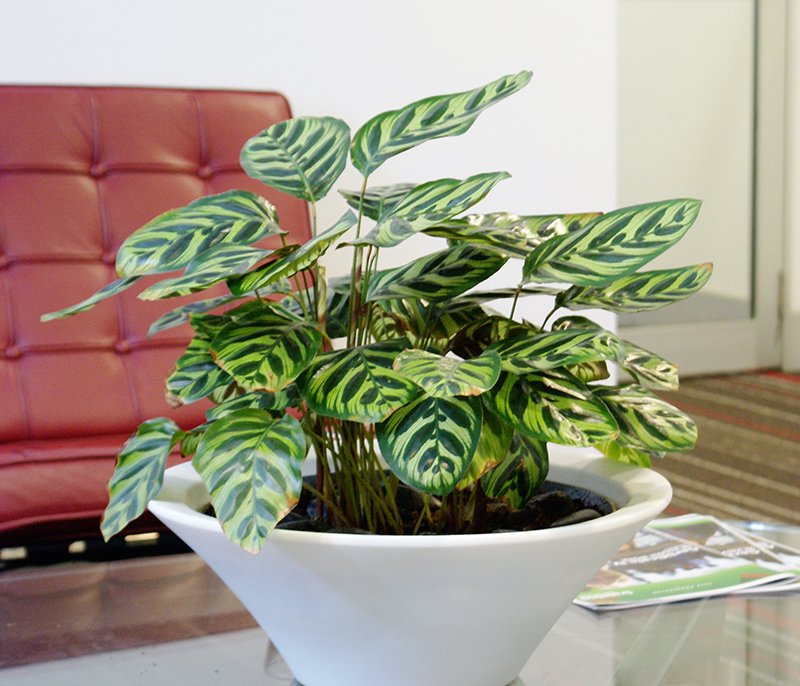
Setting Up Your Natural Air-Filtering System
There’s no denying that indoor plants make incredible air cleaners, but some of them are more effective at filtering out toxic chemicals from the air than others. Including NASA-approved plants will ensure you create an economical and effective air-filtering system for a healthier office. Let’s be honest though…you could purchase several of each of the plants on this list. It could become a costly venture, especially if you’re not sure which of plants will suit your space best and you don’t have a long-term plan and purpose for your plants. If you need help deciding which of these plants would suit your office space best, reach out to our dedicated team of Plant Stylists at Prestigious Plantscapes in Brisbane. We’ll help you create a greener and cleaner office environment.

